Pivoting Midflight
An Experience Report
Agile India 2013
Who am I?

Product Lead @ Pulse Energy

Practicing Agile/XP since 2000

Formerly an agile coach with ThoughtWorks

Conference organizer for original Agile India conference
What do we do?

Energy Management Software

Energy Utilities

Commercial buildings

Smart meter data

Archive and aggregate

Analyze

Measure and verify savings

Identify anomalies

Educate occupants and the public

Make the world a better place



Not just electricity...

Walk the talk
Personal story

1.5 years ago (Mid 2011)

Things were going well

(More than) Doubling every year
There is no question that Pulse Energy’s people and technology have led to the early success of this program.
- Bev Van Ruyven, Deputy CEO of BC Hydro
Happy customers
(Extremely low churn)

Solid team

Shipping new features to customers every week
Storm clouds on the horizon
Approaching market saturation
Struggling to break into new markets
Supported by a false economy
Not leading to a sustainable business model
Deliver energy efficiency to 1,000,000 commercial buildings
Failing to reach company vision
Revelations
1. Our customers were not who we thought they were
Started 2011 focused on large commercial customers
6 months later the strategy was regarded as a failure
Acquiring new clients was too expensive
No strong perceived need
Those with need already had solutions
No allocated budget
Energy utilities had a need
Limited experience selling to them directly
2. Utilities had different needs
Already had solutions for large commercial customers
Looking for way to address SME market
We had limited experience with SMEs
3. Commitments to existing customers
Team was already stretched
No budget for hiring new staff
We had limited experience with SME
Needed recurring revenue
Reputation with existing customers was key to winning deals
We needed to pivot
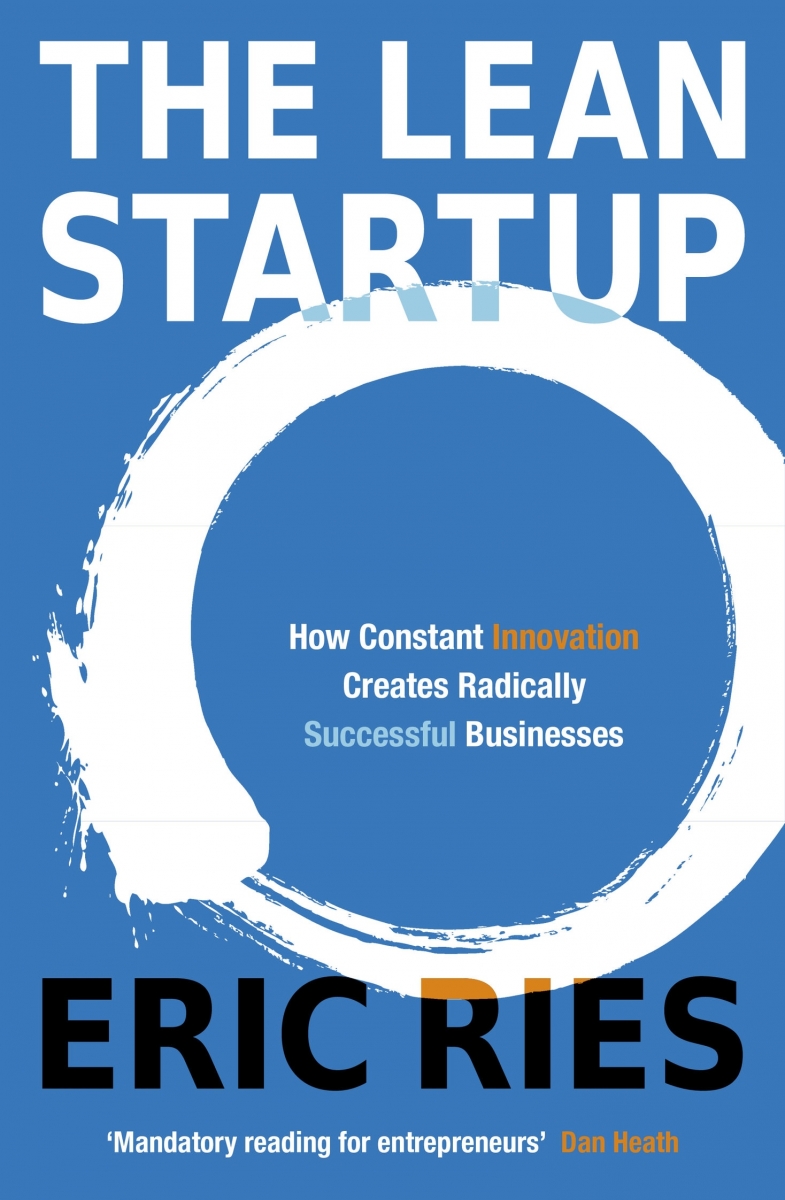
A pivot is a structured change designed to test a new fundamental hypothesis about the product, business model and engine of growth
Original Strategy:
Assist large commercial customers in managing their energy use and tracking their energy savings
New Strategy:
Deliver energy efficiency programs to a utility's full commercial customer base
New customer:
Large commercial accounts → Energy utilities
New end user:
Energy managers → Small and large business operators
New product:
Tool for Energy managers → Utility pilots and programs
IOW: A big change
"Bet-the-company initiative"

A pivot requires that we keep one foot rooted in what we've learned so far, while making a fundamental change in strategy to seek even greater validated learning
Roots
- established domain expertise
- product as platform
- brand and reputation
Approach

Assemble cross-functional Tiger Team
Objectives
- Reorient sales team to sell to utilities
- Refocus marketing team to research North American utility market
- Repurpose product to present to utility prospects
Successes
- Sales team shifted quickly to start adding utility prospects to the pipeline
- Marketing built knowledge base of North American market
- Rebuilt web site to target utilities
Problems
- Not dedicated team
- New hire to lead the team
- Team was too large
- Other significant product initiatives underway
- Tremendous pressure to deliver quickly
- 3 months of churn
- Attrition
Right approach
Not the best execution
Rebuild or Repurpose?
Rest of the company couldn't understand why this was a big deal
Crushed by the support burden
Assumption that SMEs needed a reduced-feature version of existing product
(Patently false, but we all hoped it was true)
Analysis paralysis
3 months trying to bolt on to existing product

A pivot is a new strategic hypothesis that will require a new MVP to test
Got traction once we decided to build a new product (Nov 2011)
Implications
1. Long sales cycle

Extend the runway
Cut headcount by 40%
3 rounds of layoffs
Some roles were no longer necessary
Attrition in senior positions
2. Split between market research and user research
Build user research into product management
Layoffs created enough room to hire some new roles
Trying to hire and train at same time as changing direction is hard
3. New product, new opportunities
Formed dedicated product team
Wanted to do things differently, but how?
Defer commitment on technology decisions
Iterate on MVP

Pivot: Frequently used by early stage startups

Ranked 2nd most overused startup word of 2012

What about existing customers?

Painful process

Now a banned word at my company
Results

First RFP Response (Dec 2011)

First significant opportunity (Feb 2012)
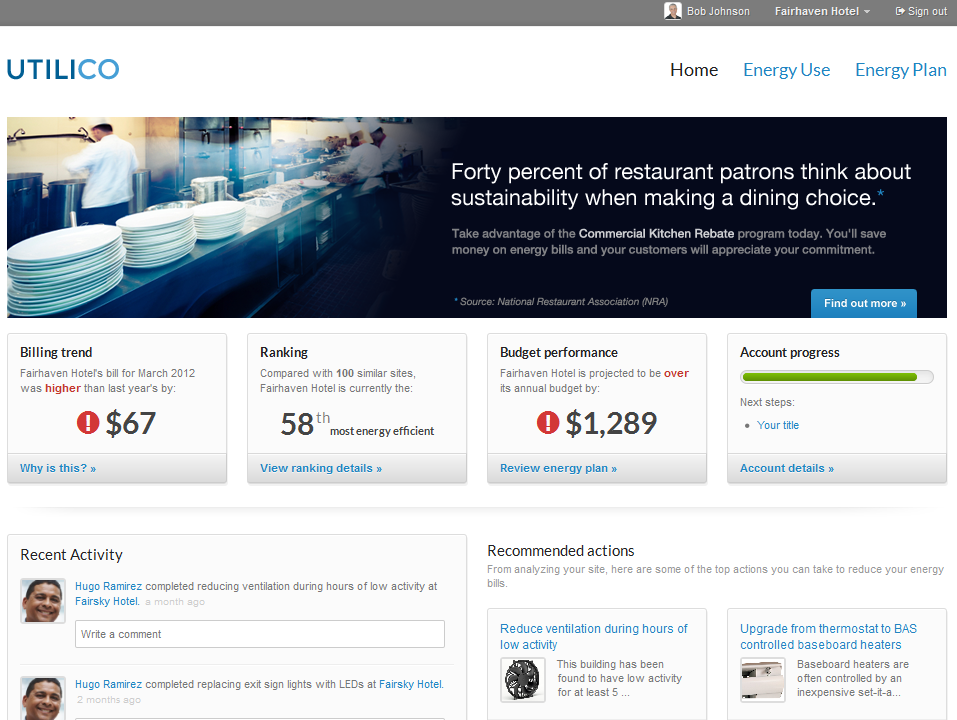
10 demos to prospect customers (Apr 2012)
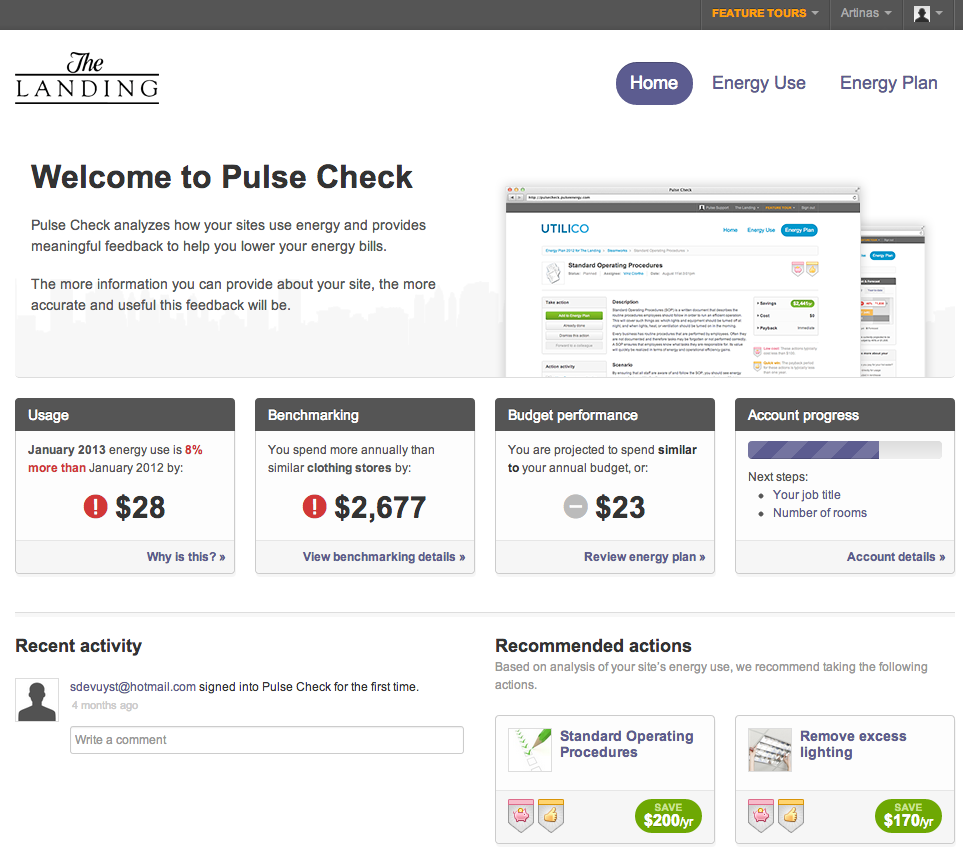
Rolled out first pilot (Aug 2012)
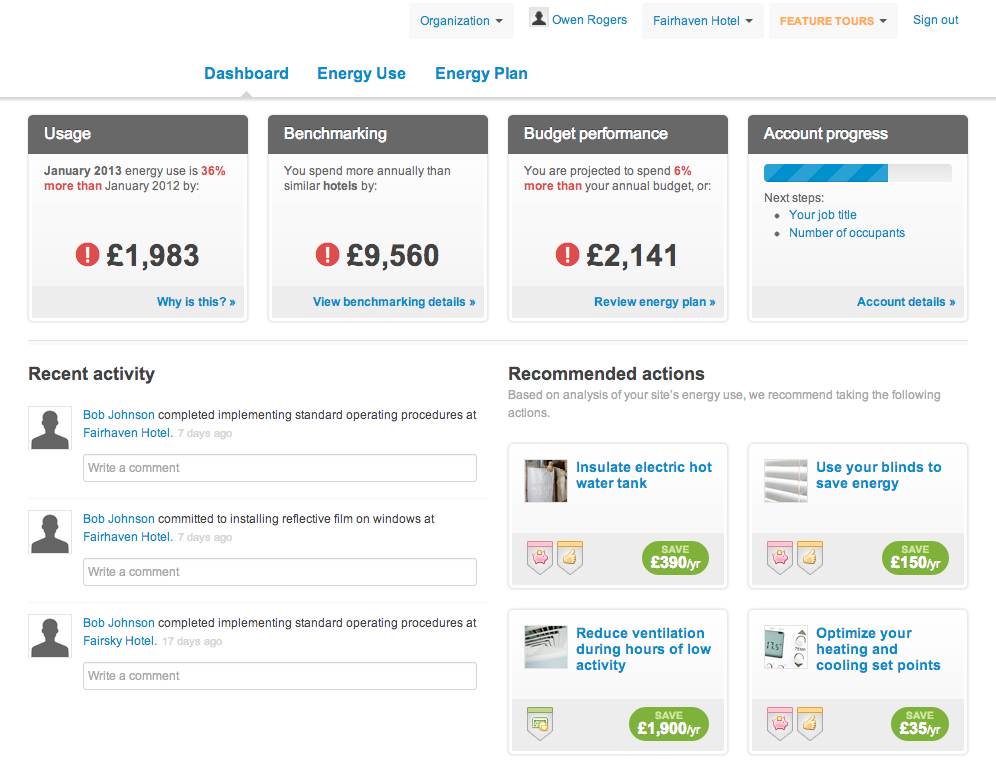
Closed first major deal (Dec 2012)
50,000 SMEs - multi-million $ deal
Pivot: In Retrospect
Was it the right thing to do?
Yes, absolutely
Success was not inevitable
No one said it would be easy
No one said it would be this painful either
(Incidentally) We did another pivot in November 2012
We didn't call it a pivot
Channel pivot
We are no longer building a web application. We're building paper energy reports
(we didn't know anything about print)
Team immediately switched
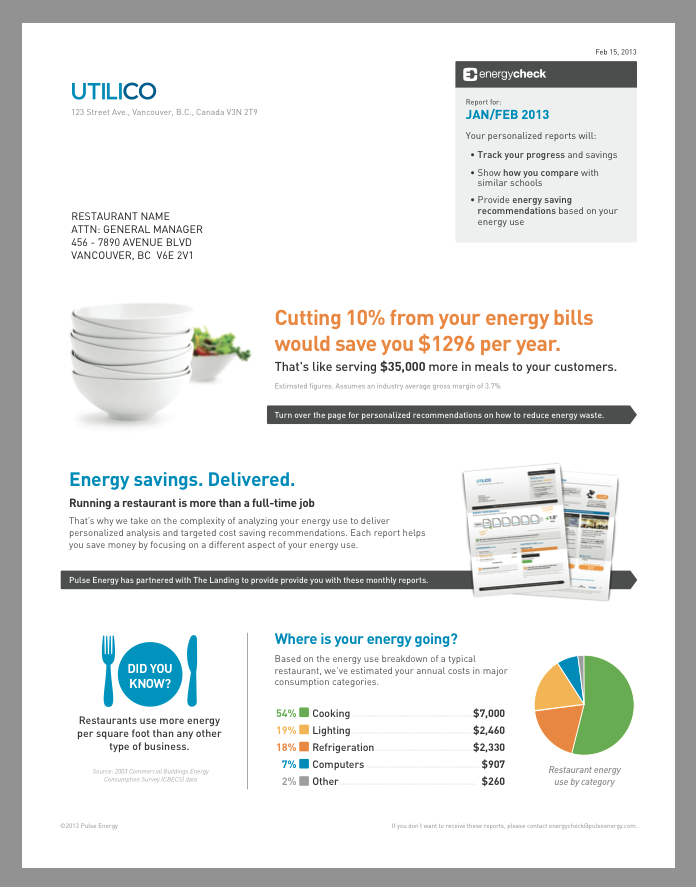
Sold to first customer in end-December 2012
Sending energy reports to 15,000 SMB customers in May 2013
Lessons learned
- Assemble dedicated team
- Start with a new MVP (treat existing product as a platform)
- Top-down and bottom-up
- Don't under-estimate time it takes to change direction
- Easier the second time
- Limit the scope if possible
- Pivot earlier rather than later